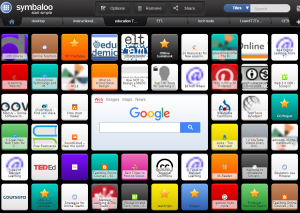
I find myself asking this question often, but in all seriousness, where has the time gone?
I can’t believe November is a week away! It’s fair to say that some of us don’t have that drive we once had at the start of the school year to get up first thing in the morning, eager to start the workday. And honestly, no one can be blamed for feeling run down already. Our profession can take a lot out of us. There’s no
denying that. And with the influx of newcomers – due to what’s been happening in the world – it hasn’t lightened the load any. So teacher burnout is a real possibility.
So much demand is placed upon teachers, and the needs of the students can really affect your will and drive to stay motivated. Especially around this time of year, it’s easy to Continue reading








